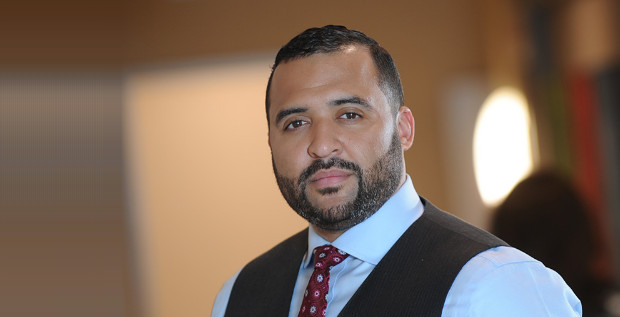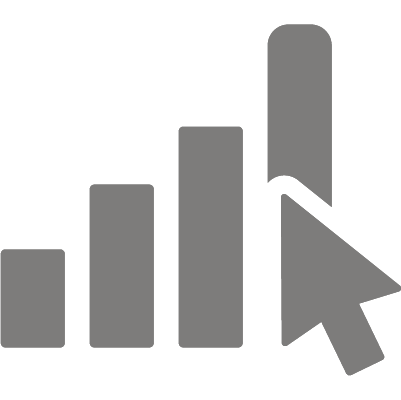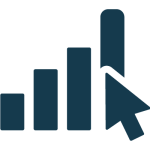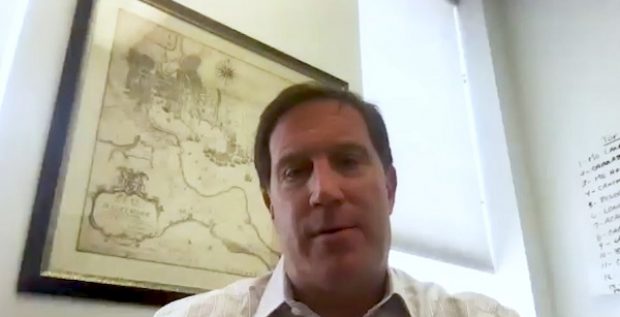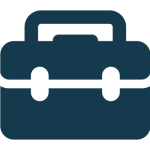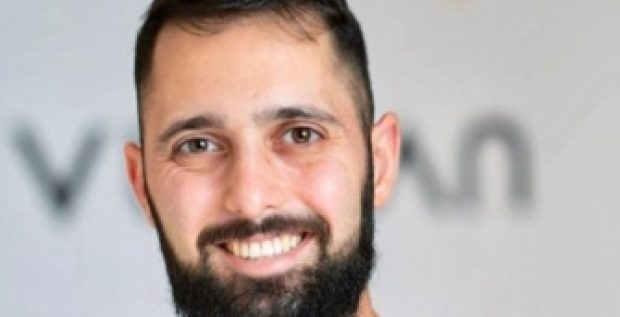Shelly Blake-Plock is the CEO and Yet Analytics. Based in Baltimore, Yet builds software that allows decision makers at major businesses and organizations to improve their human capital through big data analysis. The company’s technology has been applied to test emergency responses, train medical staff, enhance education, prevent theft, and more. Earlier this year, Yet rolled out Yet Core, a platform built on the U.S. Department of Defense’s Experience API (xAPI) that measures and evaluates human performance data, which it collects from a wide array of sources such as wearables and social networks. As of this writing, the company is in the midst of relaunching its website, but those interested in Yet can follow along with its news and culture at the Yet Analytics blog.
EDWIN WARFIELD: How would you explain what Yet Analytics is and does to a total layperson?
SHELLY BLAKE-PLOCK: We’re the way to help you to see and make decisions about the data of the people in your organization. What we’re really interested in is providing decision-makers within the company with the ability to see what traditionally is non-intuitive data about what is going on in the company. If you ask most managers, let alone executives, “What are your people actually doing? Not just what are they reporting that they are doing, not what are you getting a monthly or quarterly report on, but actually what’s going on and what facets of company culture can help you to understand your people better and use those people metrics to produce better business outcomes?”
What department of an organization would you say is most interested in your technology?
We’ve seen interest from the CIO’s office because in the management of information and systems across the organization they really want be able to gather the pulse of everything altogether. We’re living in a time where the speed of business has rapidly increased and the amount of data produced is exponentially increasing. How do you give a CIO power to understand what’s going on in real time with the people, with systems throughout the organization?
How did you first grow Yet Analytics?
We started out with some pilots. We’ve done pilots with HP. We’re currently working on a pilot with an energy company down in Houston. It’s really been interesting seeing the different sorts of applications that customers bring with them because they have different problems. We’re at the stage in the company now where we’re really identifying those types of use cases and those types of problems that our technology solves really well.
What kinds of applications does the technology have?
We’ve done work where we have brought in wearable and ILT [information learning technology] data. We’ve done work where we brought in data from learning management systems and e-learning. We’ve done operational and sales data. It really comes up to “what are your objectives and how does gathering data about the performance of people in your organization help you meet those objectives?”
Could you give us an example of that?
Say we have a sales team. When they were trained on a new product, we have that data in the form of maybe e-mobile learning data; and then we have their expensified data that shows how they’re engaging, how they’re using resources; then, we have their sales force data, where we’re looking through the way they manage their pipeline and how long it takes them to close. Traditionally, they’re all reporting in different ways. What we’re able to do is bring them together in one place where you can see the progress in real time. So, if I want to know who among the new salespeople are really killing it and how are they’re doing it? Where are the outliers, what sorts of things are they doing differently? What sorts of things are they doing differently, especially that I wouldn’t otherwise see, that I wouldn’t otherwise notice? They’re the non-intuitive things that we can pull together for a company. It might be that employees who show up at the company gym and take part in wellness programs: maybe that has a certain impact on their performance and sales. Maybe where they go to meet with clients has an impact on their performance and sales. Maybe the kind of content and subscriptions and industry research that they do has a specific sort of [significance], and the ability to triangulate all of that together that is unique.
What’s your growth strategy for the immediate future?
We’ve been choosing very strategic paid pilots through the course of the last six months, where we not only identify customer needs, but can really see how we can build out new features, new UI, to help the types people who use the stuff, wherever they’re coming from. Those pilots have been in different verticals and we’ve identified two or three to really focus on over the next 18 months.
Where do you see the company in five years?
We’re interested in providing an accessible platform to allow analysts to do the type of statistical work that they want to do and to allow executives to have real, instant visual information that they can make decisions [with]. There are sort of two different sets of customers: the people who need to see something so they can make a decision and who don’t frankly want to get into the whole data science side; and then, the people who can provide deeper analysis for those people as they have increasingly complex problems.
Is there a certain technology you’re really interested in and excited about at the moment?
Having algorithms, which can look at employee performance at both the global level and right down to a micro level, provide an ability to give employees themselves much more empowerment as to the way that they see their opportunities in an organization, and then give management much more power in terms of the ability to see the types of common pathways and identify both talent and threat outliers throughout their organization, so you can make faster business decisions.









